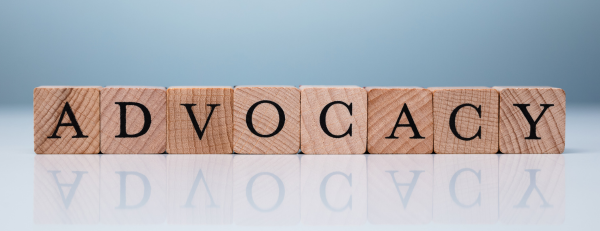“You can’t please everyone,” is a sentiment often drummed into those of us trained in Diversity Equity Inclusion & Belonging work. A goal of DEI initiatives is, ideally, to ensure an environment where everyone feels supported. Why, rather than be galvanized by a sense of fairness across the employee experience, do we still find some employees are resistant?
Gartner published a Framework to Categorize Pushback in plain terms:
-
This isn’t a problem.
-
This isn’t MY problem.
-
What about other problems?
Is it possible to guilt people into authentically supporting and actively participating in DEI efforts? The defensiveness we see in people regarding DEI is often less about the idea of inclusion itself, and more about what this shift in conversation and social dynamics might say about our preconceived identities. Resisters to DEI are resistant to the idea of being uncomfortable, but this shouldn’t stop those committed to workplace change from lingering in those uncomfortable spaces.
Here are some ways we can overcome resistance:
As an individual, we can lead by example:
- Have empathy - how does the world look like from someone else's perspective?
- Educate yourself on DEI terminology, bias and microaggressions, as well as the differences in cultural context.
- Be curious. If you don't understand or are unsure, it's okay to ask!
- Examine your own defensiveness and don't be afraid to make a mistake.
- Make the most of the DEI events and workshops made available to you by actively participating in discussions. Assign an accountability partner or team ambassador to schedule follow-up team discussions around what you learned.
As an organization, we can create an environment that makes it clear inclusion means everyone:
-
Ensure transparency about your organization’s overall position on DEI and all the tools available to employees.
-
Understand the state of the organization through surveys and measurable data.
-
Encourage allies in leadership positions who can promote awareness around access to resources, opportunities, and strategies for more respectful team dynamics.
We know, of course, that there will always be those on the extreme ends of the thought spectrum, and that our focus must always remain on those willing to learn and engage with the initiatives and ideas that further inclusivity in all its forms. As David Rock said in Forbes, “A better approach is to focus on mobilizing the middle—the leaders who are not against the idea of improving the organization’s DE&I, but lack the commitment, tools, and strategies to actually implement change. Your goal should be to expand that group. Equip these leaders to learn and model the behaviors you want, showing that this is the way we do things here, and let the human need for relatedness help scale your DE&I initiative.”
Request a consultation to learn how to handle resisters in your organization.


